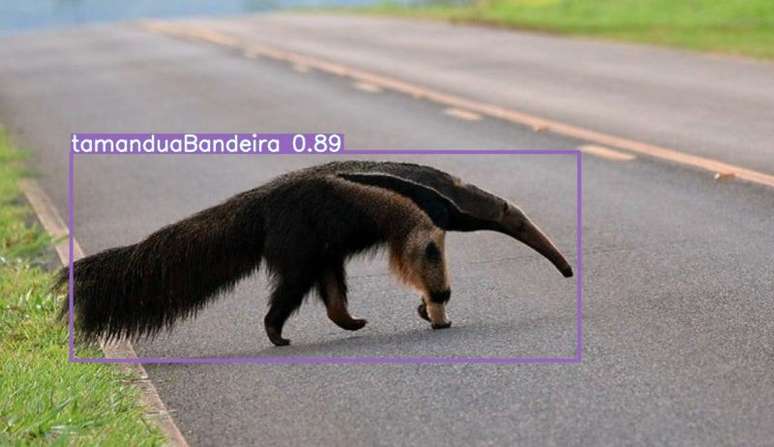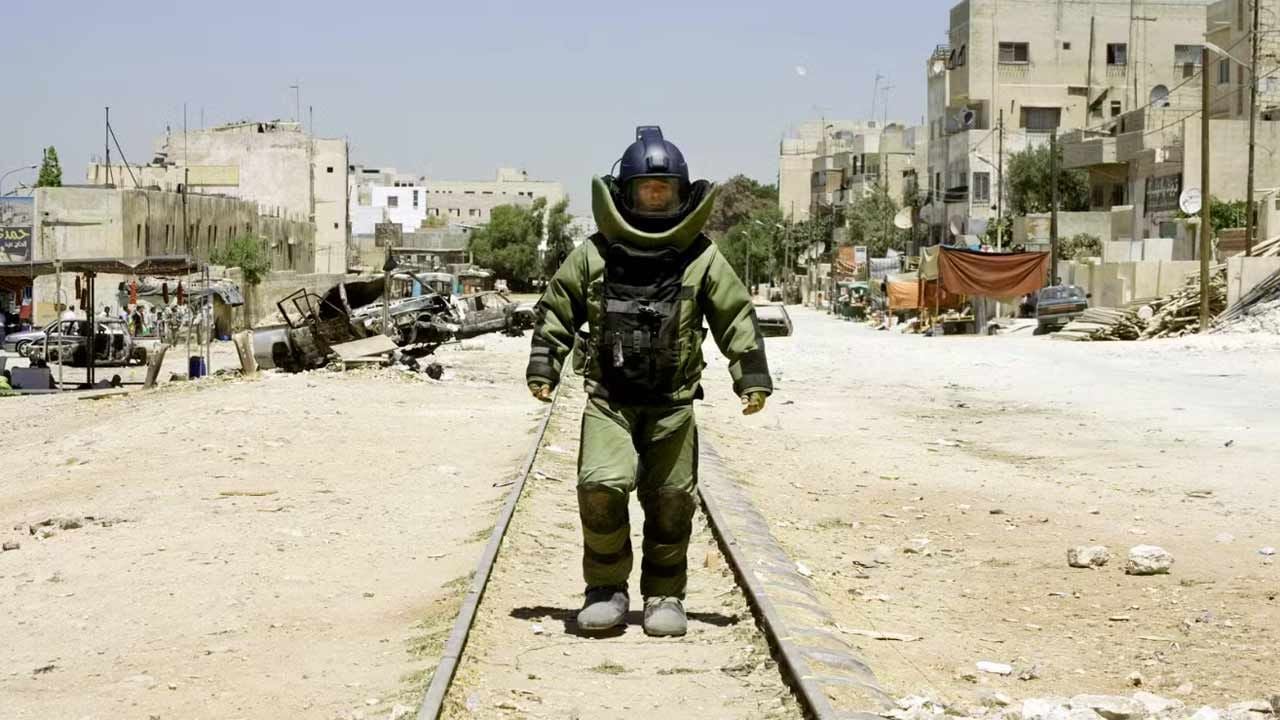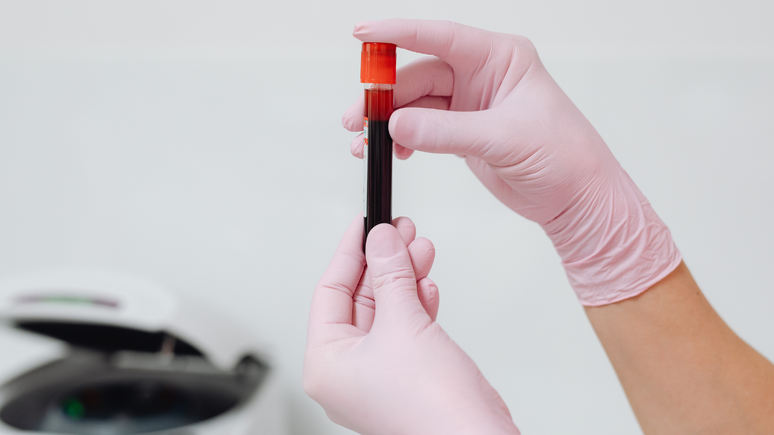The model is trained to identify Brazilian fauna mammals that are most likely to be hit and to help combat accidents
Brazilian researchers have created a system that uses artificial intelligence to identify, in real time, animals crossing tracks. The computer vision model is based on 1,823 photos of Brazilian fauna mammals. Any ‘noise’ that could prevent the identification of the species has been removed from the images.
According to the report of André Juliãofrom the Agency of the State Research Support Foundation of São Paulo (Fapesp)With the implementation of the alert, motorists would be notified on the car’s on-board computer or mobile phone, as well as when a traffic jam or an accident occurs.
The identification system was created by researchers supported by Fapesp, and is part of the projects Services for an intelligent transport system AND Dynamic resource management for intelligent transportation system applications. The study was also described in the journal Scientific Reports.
Gabriel Souto Ferrante, who carried out the work as part of his master’s degree at the Institute of Mathematical and Computer Sciences of the University of São Paulo (ICMC-USP), explains that the species were chosen according to the parameters of the Brazilian Center of Studies in Road Ecology (CBEE), at the Federal University of Lavras.
Estimates show that around 475 million animals are hit on Brazilian roads every year. “We then created a database of Brazilian species and trained computer vision models to detect them,” he explains.
Studies using artificial intelligence are already underway in other countries, but the models do not take Brazilian fauna into account, according to Instituto professor Rodolfo Ipolito Meneguette, who supervised the master’s degree and also signed it. According to Fapesp, few of them concern the identification of animals on roads, which requires rapid detection and often in an environment with unfavorable visibility.
“In the event of a collision with a large animal, the risk is also very high for the driver, who often does not have a sufficiently fast response time to avoid the collision. In this sense, a system that uses motorway cameras , on board a laptop, has an innovative aspect”, says the researcher.
How does it work
To develop the system, data on the mammals of the Brazilian fauna that would be most likely to be hit, as well as photos, were used. From here, several versions of the YOLO (You Only Look Once) technology were tested, which uses artificial vision to recognize objects.
This technology was chosen because detection occurs in a single step, facilitating real-time identification. Furthermore, it is possible to use the system on portable computers, better known as edge devices, which allow the processing of relatively demanding tasks in terms of computational capacity.
To test the efficiency of the system, videos of animals were used, created by researchers from the São Carlos Ecological Park. In the future, the data will need to be updated with images of species captured in camera traps and highway cameras.
The master’s student points out that previous versions of Yolo showed better performance in animal detection, especially in daytime images, and that the species appears clearly. “The models correctly detected the species 80% of the time,” says Ferrante.
Future work should address common problems in computer vision, such as detection in rainy, night-time environments and with the animal partially hidden.
Partnerships with municipalities and highway concessionaires can help with the inclusion of new images into the database, as well as allowing the system to be tested in real situations and integrated with existing technologies.
Source: Terra
Rose James is a Gossipify movie and series reviewer known for her in-depth analysis and unique perspective on the latest releases. With a background in film studies, she provides engaging and informative reviews, and keeps readers up to date with industry trends and emerging talents.




![[Coluna] Influencers cannot replace education [Coluna] Influencers cannot replace education](https://p2.trrsf.com/image/fget/cf/774/0/images.terra.com/2025/10/30/1659995403-67334985354.jpg)


